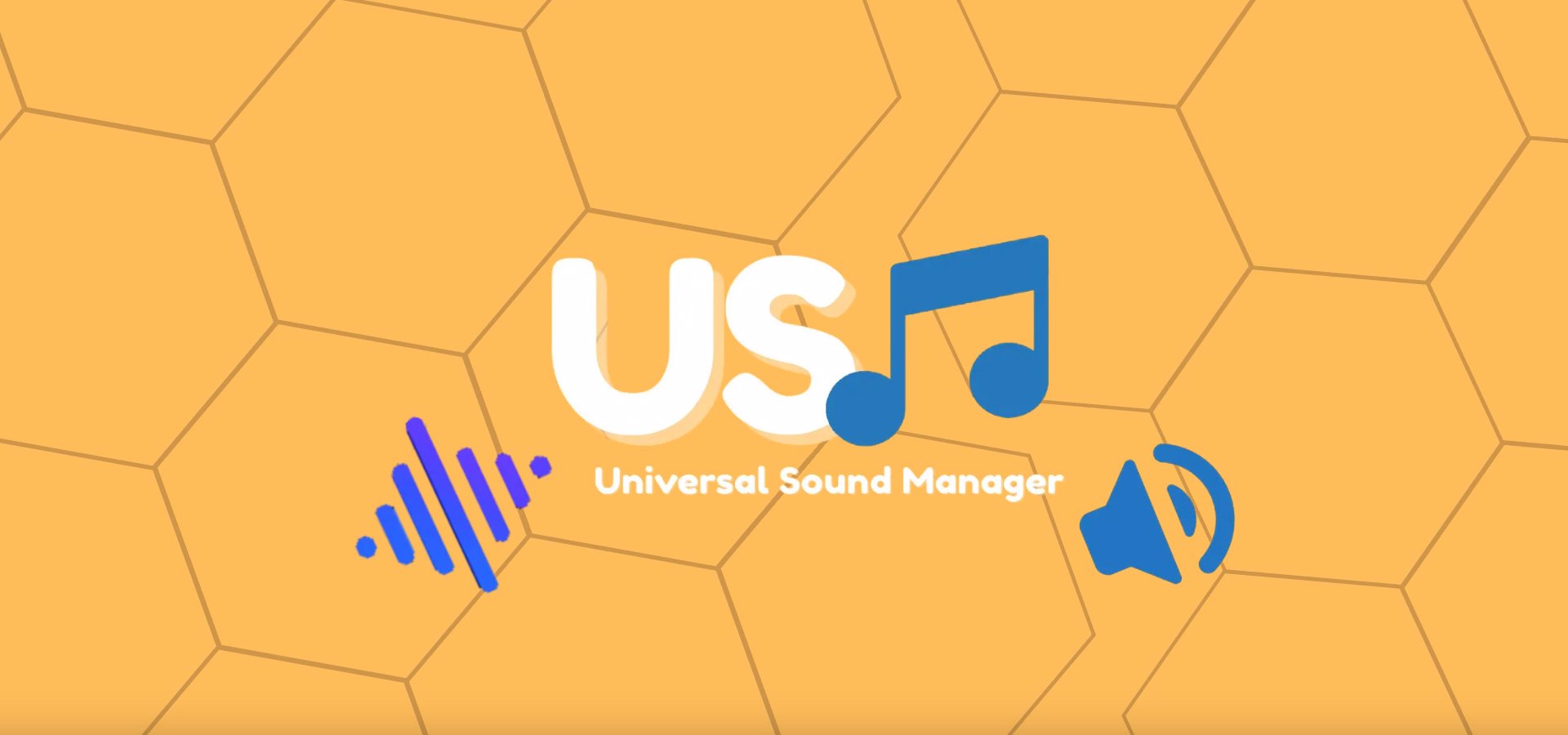Axis is a new tool for the Unity game engine that allows users to build common game mechanics quickly using a no-code approach. Recently published on the Unity Asset Store, it was originally developed to assist the author with their own game projects.
The asset was designed to be a reliable tool for easy prototyping, making full use of Unity's built-in features. The creator's main goal is to give users a faster, more efficient way to test and refine their ideas within Unity.
Axis achieves this ease of prototyping by providing built-in "template" functionality that covers game mechanics, UI, particle effects, input systems, and more, all optimized for performance. This allows for prototyping and testing even on low-end devices.
Examples of this functionality include ready-made player controllers for different game types, such as car racing, platformers, spaceship games, and top-down shooters, along with features like collectibles and hazards.
Axis input systems are varied and easily configurable, supporting mouse and keyboard, multiple gamepads, pointer gestures, and even a virtual gamepad optimized for touch devices. In addition, it includes several features to enhance a game's visual presentation:
- Axis Material: Allows for visual customization and animation of material properties.
- Axis Fireworks: Enables the creation of visual and sound effects, such as particle bursts and sound cues.
- Axis Mark Renderer: Renders 2D images as markers relative to NavObjects.
- Tile Rendering: Provides advanced tile rendering options, allowing you to customize tile colors and animations.
- UI Animation/Transition: Enables the use of motion in user interfaces to highlight information.
The tool allows developers to create, test, and modify game logic triggers directly in the Unity inspector, without needing to write any code.
Game logic can also be quickly built using intuitive element parenting relationships. Axis conveniently organizes game objects by color; for example, action objects are assigned red, players are colored orange, and spawned objects are given a pink color.
For users who prefer more flexibility, it allows for custom coding as well. Developers can inherit classes and override methods, making it easy to create custom logic that responds to specific events.
This asset is not only a powerful tool for game development but also a valuable learning resource. According to the author, its design leverages familiar Unity interfaces, making it ideal for educational purposes. This allows students to learn and experiment with game design principles, fine-tune player experiences, understand event-driven programming and explore visual effects.
At the same time, experienced users can quickly test their game ideas and build upon the foundation provided by Axis, enabling them to create complex and polished projects more efficiently.
The tool is now available on the Unity Asset Store for a one-time fee. The author has also expressed their intention to continue refining the tool and to provide additional base templates in the future.
For more information, visit the Axis product page on the Unity Asset Store.




